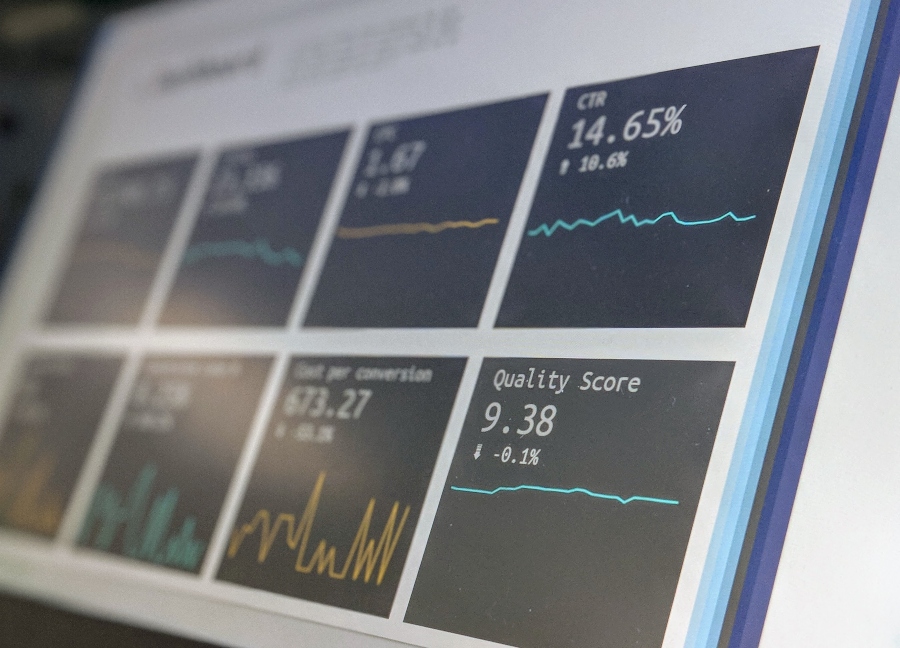A SWOT analysis stands is a tool you can use to develop your business. If you take the time to really look at your strengths, weaknesses, opportunities and threats, you can have a new strategy to prioritize what you need to do to be successful.
Understanding SWOT
It might seem overwhelming to look at all the different aspects of SWOT. Let’s break it down. The strengths and weaknesses in SWOT are things that you control and are internal to your organization. Your strengths could be your location or your team. Weaknesses could include things where you need improvement.
Opportunities and threats are external to your business. You can’t control these things, such as the industry or trends in the market, or a pandemic. Threats could include potential competitors or technology developments.
Who Should Be Involved in a SWOT Analysis?
Ideally, the leadership needs to be fully on board for a SWOT analysis. But you can’t leave it to just those people. Your customers, employees and vendors can add their voice to the mix to give you additional points of view. Assessing your situation isn’t easy when you’re starting your business, so it helps to talk to others.
Focus on 2-3 Items Under Each Category
Basically, your SWOT analysis can help you figure out what you’ve got going and where you need to improve. You may not be able to deal with every threat, but you can strategize in one or two key areas to improve your business.
Use Your SWOT Analysis to Drive Your Business
A SWOT analysis shouldn’t sit in your drawer collecting dust. Use your analysis to prioritize your business decisions. You may need to investigate investors or bump up your marketing efforts. Your plan will be unique to your business.
Contact the financial specialists with First Source Capital for funding options.





